7 Rules of the Road You’re Not Aware of
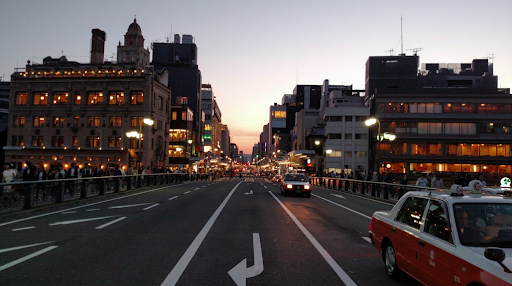
Have you ever learned after years of thinking something you were doing or thought was okay, was actually illegal? For a moment it might be hard to accept.
But there are plenty of laws of the road and exceptions that Canadians might not know about. In order to keep yourself and others safe while driving, here is a short, but common, list of road rules you may not have heard of.
1. U-Turns Have Many Exceptions
Despite being legal in Ontario, making a U-turn on a green light has many exceptions. The first one is obvious, make sure there are no signs saying not to do it.
You cannot make a U-turn on a curve in the road, near a railway crossing, near a bridge, tunnel, or hilltop blocking your view. You also can’t make one unless there’s a minimum of 150 meters in both directions of the turn.
Overall, if you’re too close or something obstructs your full view of the road and your surroundings, you can’t do it.
2. Distractions While Driving
Yes, you know texting, talking, eating, grooming, or listening to music are all distractions while driving. While it may seem harmless to simply listen to music while driving, you could get charged with careless or even dangerous driving in Ontario.
Holding a device is against the law and even using it when the vehicle is stopped can prompt a ticket. What you can do to avoid penalties is mount a device as long as it doesn’t move. You can also use a Bluetooth, only to turn it off and on. Otherwise, you could be charged with careless driving if you endanger other people due to any kind of distraction.
3. Driving With a Cast in Ontario
This may come as a surprise, but people are allowed to drive with a cast according to the Ontario Highway Traffic Act. Although, if the driver gets in an accident the law will not exempt those from possible charges of careless driving.
The Highway Traffic Act does not go into specifics on what foot should be operating the vehicle or the type of footwear to be worn. In other words, it is drivers’ responsibility to make sure they are able to operate the vehicle safely.
Along with that, the Ministry of Transportation requires physicians and optometrists to report patients with any condition or circumstance, which could impair their ability to drive well.
4. Technology Canadians Need and Don’t Need
For Canadians, automatic emergency braking on vehicles is not mandatory as of now. The one thing that will be mandatory starting in May 2018 are back-up cameras on all new cars. This will only apply to cars made after the date.
Other more common safety technologies, such as airbags and anti-brakes, are not required by Transport Canada. The only reason most cars have them is because the majority of car companies follow along with U.S. laws.
5. Provinces Don’t Allow Lane Splitting
What is lane splitting you ask? It’s when a motorcycle drives between two lanes of traffic. California just legalized lane splitting this year, but it remains illegal in all provinces of Canada.
Canadians might not be ready for this kind of thing according to David Millier, chair of the Motorcyclists Confederation of Canada. In a comment provided to The Globe and Mail, he said, “As a car driver, you’re not used to looking far behind you to see if a motorcyclist might be coming down the middle.”
Ministry of Transportation says lane splitting is extremely dangerous, because it puts the motorcycle too close to other vehicles. This basically catches other vehicles off guard because they do not expect a motorcycle to be right between them. There is a lot of movement on the road and sometimes unpredictable. This is another reason why the ministry says changing lanes or a door opening can cause a collision when there is no other place the vehicle can move.
6. Police Can Randomly Scan Your License Plate
Police across Canada can randomly scan anybody’s license plate. The term is called ‘plain view doctrine.’ Alan Young, associate professor, said that objects in plain sight are not a search under the Charter. He adds, “anyone can check your license plate once it’s not sitting in the garage.”
Police use the automated license plate recognition (ALPR) systems to find people with expired driver’s licenses and any other offenses. ALPR are infrared cameras that take up to 3,000 photos of plates per hour.
7. Getting Fined for Snow On Your Car
In Ontario, as long as you can see from out the front and rear windows of your car you cannot be fined for having snow on your vehicle. If your windows are not clear however, you could get a fine of $85 plus $25 as a surcharge. The same applies to if the license plate or mirrors are covered with ice or snow.
Another important note to take away from this is if the snow or ice from one car causes death, injury, or gets in an accident, the driver could potentially be found responsible with criminal charges. The investigator of the accident would be the one to determine this.
If you have been injured on the road either in your vehicle or as a pedestrian, contact us today to learn about how we can help you receive the compensation you deserve.


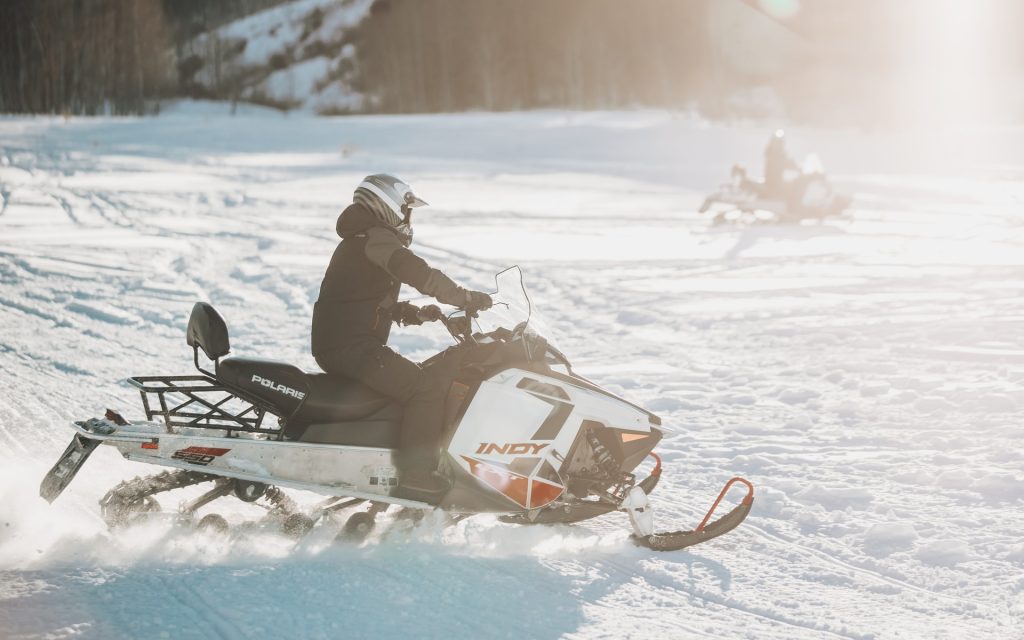
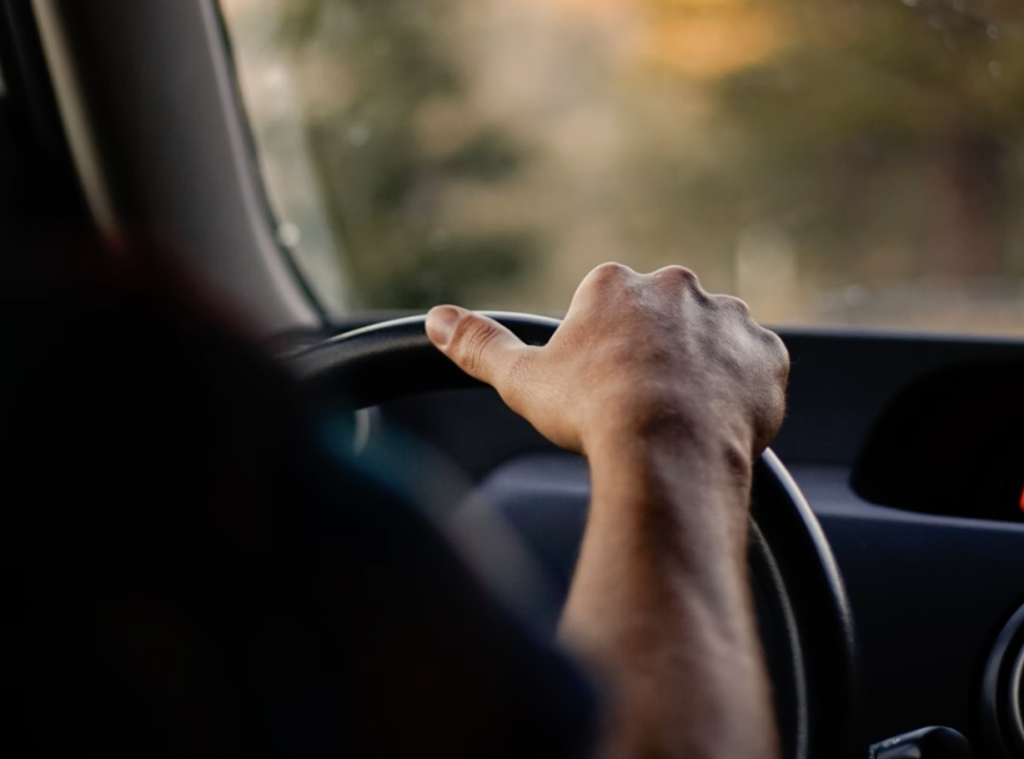

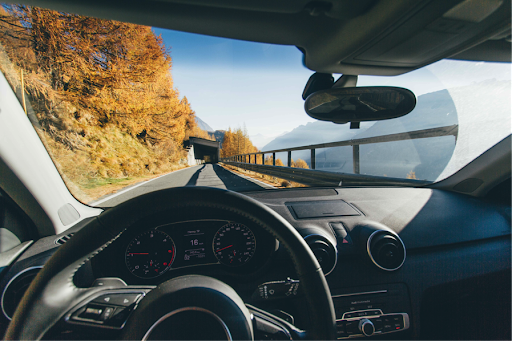

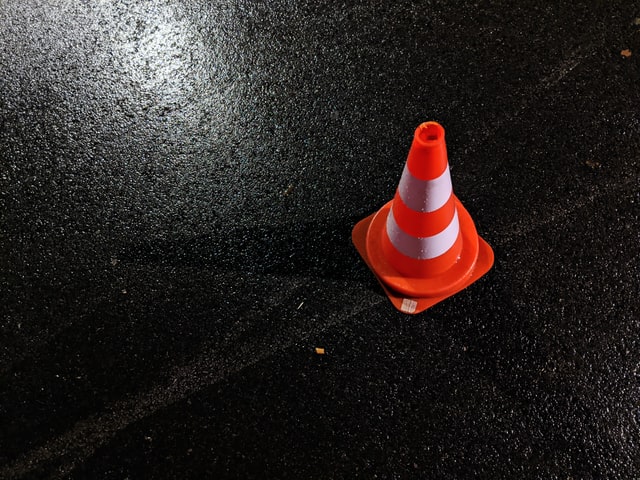


To whom it may concern,
I would like to know am I at fault if I am doing a backup on my lane inside a plaza and hit a car who is doing left turn into my lane. Please advice.